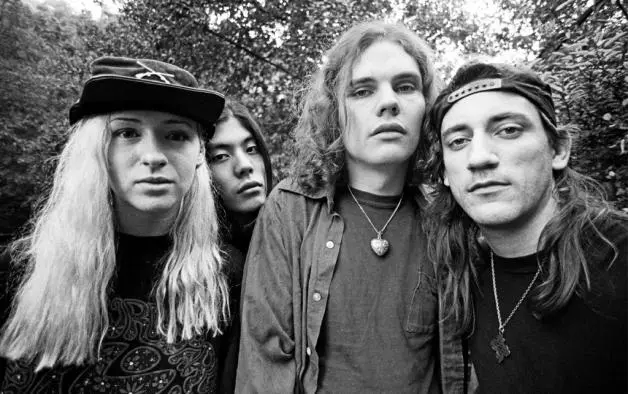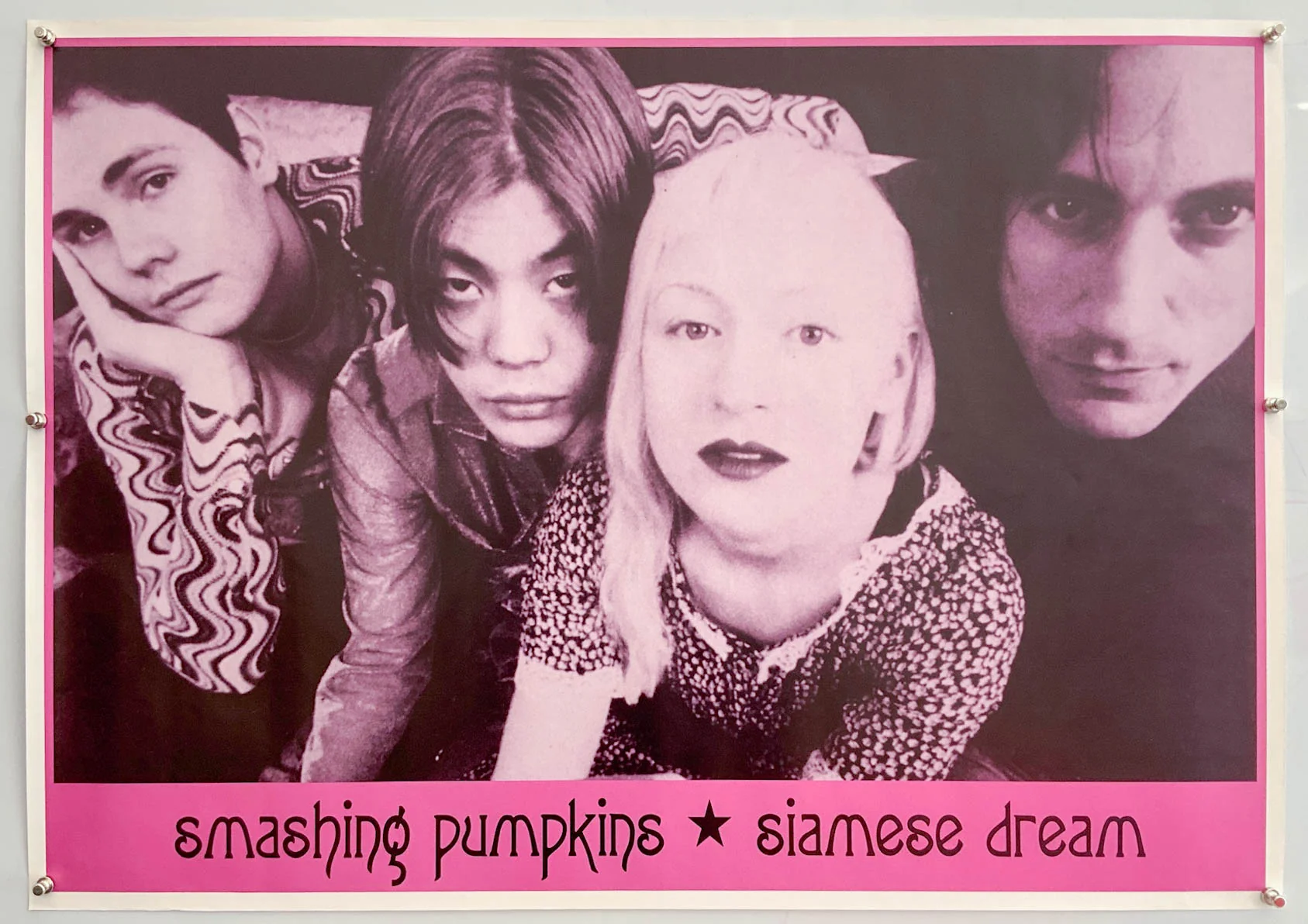The Smashing Pumpkins – Siamese Dream Turns 30!

The Smashing Pumpkins – Siamese Dream Turns 30!
1993–2023: Three Decades of Distortion, Beauty, and Vulnerability
In July 1993, Siamese Dream was unleashed to the world, and it didn’t just follow up Gish — it transcended it. What began as a raw, grunge-inspired debut album blossomed into a soundscape that felt both monumental and intimate. With its towering walls of fuzzed-out guitars, orchestral ambition, and deeply personal lyrics, Siamese Dream shot The Smashing Pumpkins straight into the heart of the alternative rock revolution. It didn’t just define a moment — it shaped an era. 
The album cover? It features two young girls, cheek-to-cheek, their faces almost merging into one. At first glance, many assumed the image depicted conjoined twins — a visual metaphor for a bond so inseparable that it was literally skin-deep. But in truth, the girls weren’t twins, and the image wasn’t about physical connection. It was about something deeper:
the dream of being so close to someone, emotionally and spiritually, that it feels as if you are one, united by an unbreakable thread of understanding.
This quiet, almost melancholic yearning reverberates through every track on the album. In the explosive opener “Cherub Rock,” the sound of distorted guitars and thundering drums bursts forth with a rebellious energy, but underneath it all is a palpable sense of dissatisfaction, a yearning to break free from expectations. On the opposite end, “Disarm” offers a raw, stripped-down vulnerability, a gentle yet heart-wrenching plea for solace. These contrasts—heavy, distorted guitars paired with tender, introspective moments—are the essence of Siamese Dream.
What set Siamese Dream apart from its grunge peers wasn’t just its raw emotional honesty; it was its sonic complexity. Billy Corgan’s vision went beyond just creating a rock record. He sought to build an immersive world, layering guitars, strings, and lush production to create a sound that was both vast and intimate. In the swells of “Today,” the optimism that Corgan sings about feels just as frail and fleeting as the fleeting moments of happiness it describes. The album feels like a dream — full of beauty and distortion, wonder and pain.
Siamese Dream wasn’t just grunge. It wasn’t metal. It wasn’t pop. It was its own beautiful, chaotic genre, and it sounded like nothing else.
30 years later, Siamese Dream is still more than an album — it’s an enduring statement on the fragility of youth, the complexity of relationships, and the pursuit of inner peace in a world that often feels fractured. It remains a touchstone for both The Smashing Pumpkins and for a generation that found solace and understanding in its layered distortion and aching beauty. Today, as we continue to chase the feeling that Siamese Dream gave us — a feeling that’s both emotionally intense and oddly comforting — we find ourselves still entranced by its ability to evoke the power of raw, untamed vulnerability.











